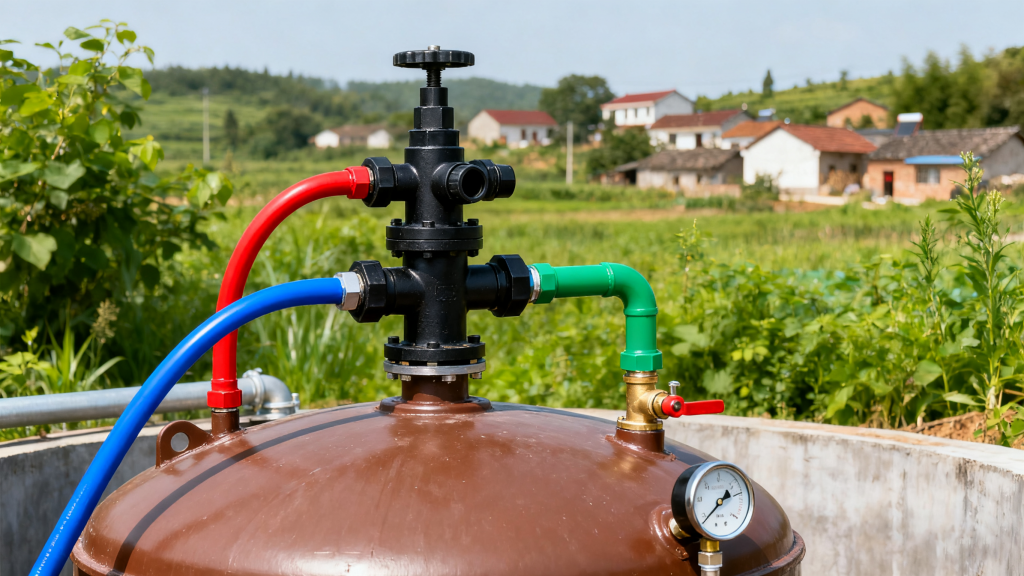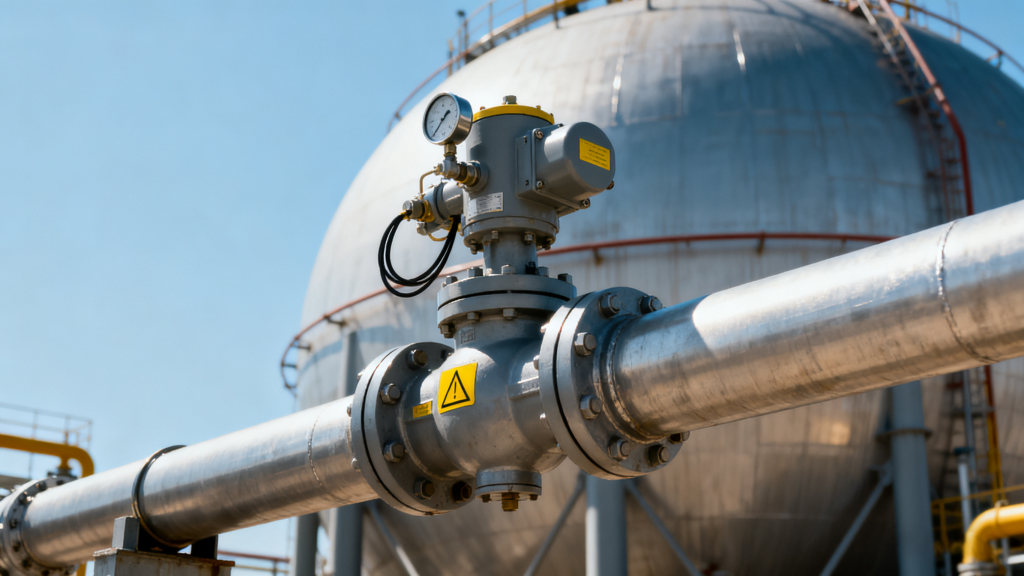Choosing the right industrial valve is a critical decision in any industrial system. A well-selected industrial valve not only ensures safety but also improves efficiency and long-term reliability. In general industry, buyers often face a wide range of options, from simple manual valves to advanced automatic pressure relief valves. Understanding the basics of industrial valve selection can help procurement managers avoid costly mistakes and enhance overall operational performance.
With many valve types, materials, and standards to consider, the selection process can feel overwhelming. However, by following a structured approach, buyers can confidently choose the industrial valves that best fit their systems, reducing downtime and maintenance costs.
Step 1: Define the Application Needs
The first step is to clearly define the valve’s purpose. In general industry, valves help control flow, provide isolation, and ensure safety.
For example, a factory pipeline may need an automatic pressure relief valve to prevent sudden pressure spikes. Another system might only require a manual shut-off valve for basic isolation.
Also, consider how often the valve will operate. Continuous operations may benefit from electric gate valves or other automated solutions. These options improve reliability and reduce constant manual intervention.
By clarifying the application needs, procurement managers can narrow down options and make decisions that balance safety, efficiency, and cost.

Step 2: Analyze Fluid and Operating Conditions
Understanding the fluid type and operating environment is essential. Industrial valves in general industry may handle liquids, gases, steam, or slurries. Each type requires specific design considerations.
Corrosive fluids need valves with valve material compatibility. Materials like stainless steel or high-performance alloys resist chemical damage.
Operating pressure and temperature must also be considered. High-pressure systems need robust valves. High-temperature applications require materials that can withstand heat without deforming.
External conditions, such as humidity, dust, or outdoor exposure, affect valve performance and durability. Considering all these factors ensures valves operate safely and efficiently.
Step 3: Select Valve Type and Size
Once the needs and conditions are clear, choose the right valve type and size. Common options include:
- Ball Valves: Fast on/off, tight sealing, low maintenance. Good for water, chemical, and gas pipelines.
- Gate Valves: Excellent sealing, minimal pressure drop when fully open. Suitable for oil, water, or steam pipelines.
- Globe Valves: Precise flow control, reliable for throttling. Used in systems needing accurate flow regulation.
- Butterfly Valves: Compact, lightweight, cost-effective. Ideal for HVAC, water distribution, and large pipelines.
- Check Valves: Prevent backflow and operate automatically. Common in pump discharge lines and chemical systems.
Selecting the proper size is important. Valves must match pipeline diameter and flow rate. Over- or under-sizing can reduce efficiency, increase wear, and risk system failure.
Carefully matching industrial valve types to the system ensures reliable, efficient operation.
Step 4: Choose Materials and Actuation
Selecting the right materials and actuation is critical for industrial valve selection. The choice impacts durability, performance, and compatibility with fluids. Common valve materials include:
- Stainless Steel: Excellent corrosion resistance, high strength, durable under extreme temperatures. Applications: corrosive chemicals, acids, high-temperature industrial systems.
- Cast Iron: Cost-effective, good mechanical strength for moderate pressure systems. Applications: water distribution, low-pressure pipelines.
- Brass / Bronze: Good corrosion resistance, easy to machine, suitable for potable water. Applications: water, air, and light chemical services.
- High-Performance Alloys: Exceptional resistance to corrosion and high temperatures, long service life. Applications: aggressive chemicals, extreme temperature or pressure environments.
Valve Actuation Methods:
- Manual: Simple, low cost, easy to operate. Applications: small pipelines or systems with occasional operation.
- Pneumatic Actuators: Fast operation, reliable in medium-pressure systems. Applications: industrial air systems, medium-pressure pipelines.
- Electric Actuators / Electric Gate Valves: Remote operation, precise control, suitable for frequent use. Applications: automated industrial processes, pipelines needing frequent valve operation.
- Hydraulic Actuators: Can handle high pressure, strong and reliable. Applications: heavy-duty industrial applications, high-pressure pipelines.
Choosing the right combination of materials and actuation ensures that industrial valves operate safely and last longer in their intended applications.

Step 5: Verify Standards, Maintenance, and Lifecycle Costs
The final step in selecting the right valve is to verify compliance with industry standards, assess maintenance needs, and consider total lifecycle costs. Industrial valves in general industry must often meet standards such as API, ASME, ISO, or CE, ensuring safety, reliability, and regulatory compliance. Choosing a valve that meets these standards reduces operational risks and simplifies inspections.
Maintenance requirements are another key factor. Valves that are easy to access, repair, and replace can save time and reduce downtime. Automated systems using electric gate valves or automatic valve actuators can reduce the need for manual intervention. However, they may require specialized maintenance.
Considering the total cost of ownership—including purchase price, maintenance, and expected service life—helps buyers select a solution that is both cost-effective and reliable. Consulting trusted manufacturers or suppliers provides guidance tailored to specific applications. This makes the selection process smoother and gives procurement managers greater confidence.
Conclusion
Selecting the right industrial valve for general industry is a multi-step process that balances safety, efficiency, and cost. Procurement managers can make better decisions by following five steps. First, clearly define the application needs. Next, analyze the fluid and operating conditions. Then, choose the right valve type and size. After that, select compatible materials and actuation. Finally, check the standards and consider lifecycle costs.
Using electric gate valves, automatic pressure relief valves, or automatic valve actuators in the right context improves system reliability and reduces maintenance challenges. Considering valve material compatibility and total cost of ownership ensures that your chosen solution is durable, cost-effective, and suited for your industrial application. Following these five steps gives buyers the confidence to select the best industrial valves for their systems.